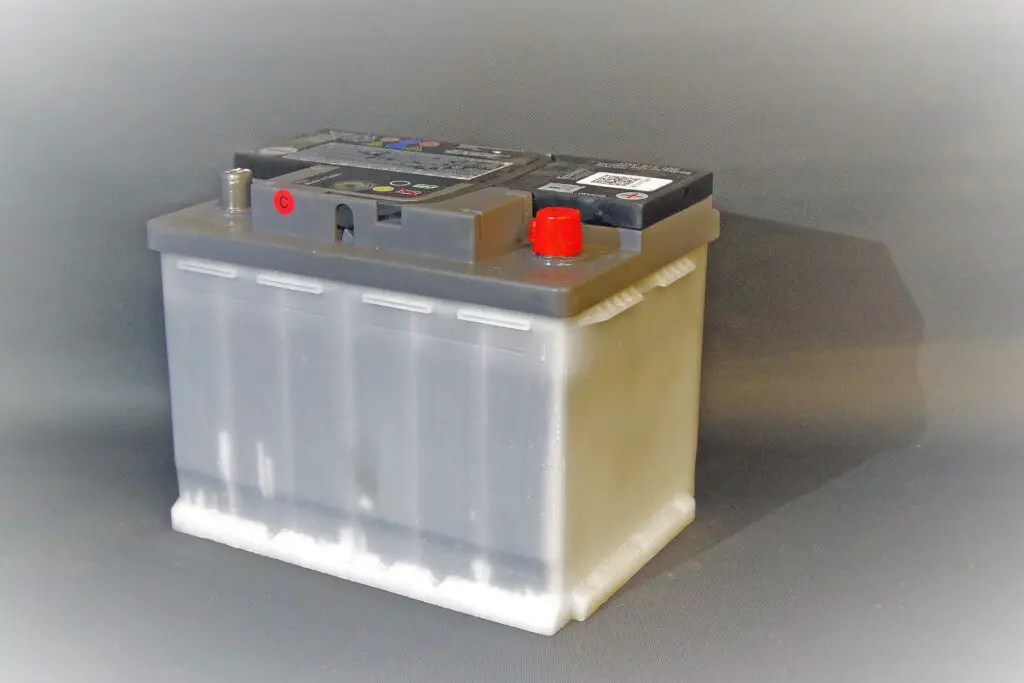A car battery is essential for starting your vehicle and powering its electrical systems, but over time, it can develop problems that reduce its efficiency. One common issue is a dead cell, which can render the battery incapable of holding a charge. In this blog post, we’ll explore what causes a dead cell in a car battery, how to identify it, and what you can do to prevent or address the issue.
What Is a Dead Cell in a Car Battery?
A typical car battery consists of multiple cells, each producing around 2.1 volts. In a fully functional battery, these cells work together to provide the necessary voltage (12.6 volts for most vehicles). A dead cell occurs when one of these cells stops functioning, reducing the overall voltage and capacity of the battery.
Common Causes of a Dead Cell
Several factors can lead to a dead cell in a car battery, including:
1. Sulfation
- What It Is: Sulfation occurs when lead sulfate crystals build up on the battery plates, reducing their ability to hold a charge.
- Causes:
- Prolonged periods of disuse.
- Allowing the battery to remain discharged for extended periods.
- Overcharging the battery.
2. Aging and Wear
- What It Is: Over time, the internal components of a battery degrade naturally, reducing its efficiency and eventually leading to cell failure.
- Causes:
- Most car batteries last 3-5 years; exceeding this lifespan increases the risk of a dead cell.
3. Extreme Temperatures
- What It Is: Excessive heat or cold can damage the battery’s internal components, leading to failure.
- Causes:
- High temperatures cause the electrolyte to evaporate, damaging the plates.
- Freezing temperatures slow down the chemical reactions inside the battery, making it harder to deliver power.
4. Physical Damage
- What It Is: Physical damage to the battery casing or internal components can result in a dead cell.
- Causes:
- Vibration or impact during driving.
- Mishandling or dropping the battery during installation or maintenance.
5. Manufacturing Defects
- What It Is: Occasionally, a battery may have a defect from the factory, leading to premature cell failure.
- Causes:
- Poor-quality materials or assembly issues.
Signs of a Dead Cell
If your car battery has a dead cell, you may notice these symptoms:
- Difficulty Starting the Car: The engine cranks slowly or doesn’t start at all.
- Low Voltage Readings: A fully charged battery should measure around 12.6 volts. If it reads significantly lower, a dead cell may be the cause.
- Frequent Jumpstarts Needed: If your battery frequently dies even after being charged, it may have a dead cell.
- Uneven Charging: The battery doesn’t hold a charge evenly or quickly loses power.
- Visible Damage: Swelling, leaks, or corrosion on the battery may indicate internal issues.

How to Diagnose a Dead Cell
To confirm a dead cell, follow these steps:
- Perform a Voltage Test: Use a multimeter to measure the battery’s voltage.
- Check Individual Cells: If possible, open the battery caps and test the electrolyte in each cell using a hydrometer. A dead cell will have a significantly lower specific gravity compared to the others.
- Visit a Professional: A mechanic or auto parts store can perform a load test to verify the battery’s condition.
Can a Dead Cell Be Fixed?
Unfortunately, a dead cell cannot be repaired. If a battery has a dead cell, the best solution is to replace it. Continuing to use a battery with a dead cell can strain your vehicle’s electrical system and may lead to further issues.
How to Prevent a Dead Cell
While some causes of dead cells are unavoidable, proper maintenance can reduce the risk:
- Drive Regularly: Keep the battery charged by driving your car regularly, especially during cold weather.
- Avoid Deep Discharges: Recharge the battery promptly if it becomes drained.
- Maintain Proper Voltage: Use a voltage regulator or smart charger to prevent overcharging.
- Inspect the Battery: Regularly check for corrosion, leaks, or other signs of wear.
- Protect Against Temperature Extremes: Park in a garage or shaded area during extreme heat or cold.
Final Thoughts
A dead cell in a car battery can be inconvenient and costly, but understanding its causes and symptoms can help you address the issue quickly. Regular maintenance and proactive care can go a long way in preventing dead cells and prolonging the life of your battery.
If you suspect your battery has a dead cell, consult a professional to confirm the diagnosis and replace the battery if necessary. Taking these steps will ensure your car remains reliable and ready to go when you need it.
Discover more from Chikwem
Subscribe to get the latest posts sent to your email.